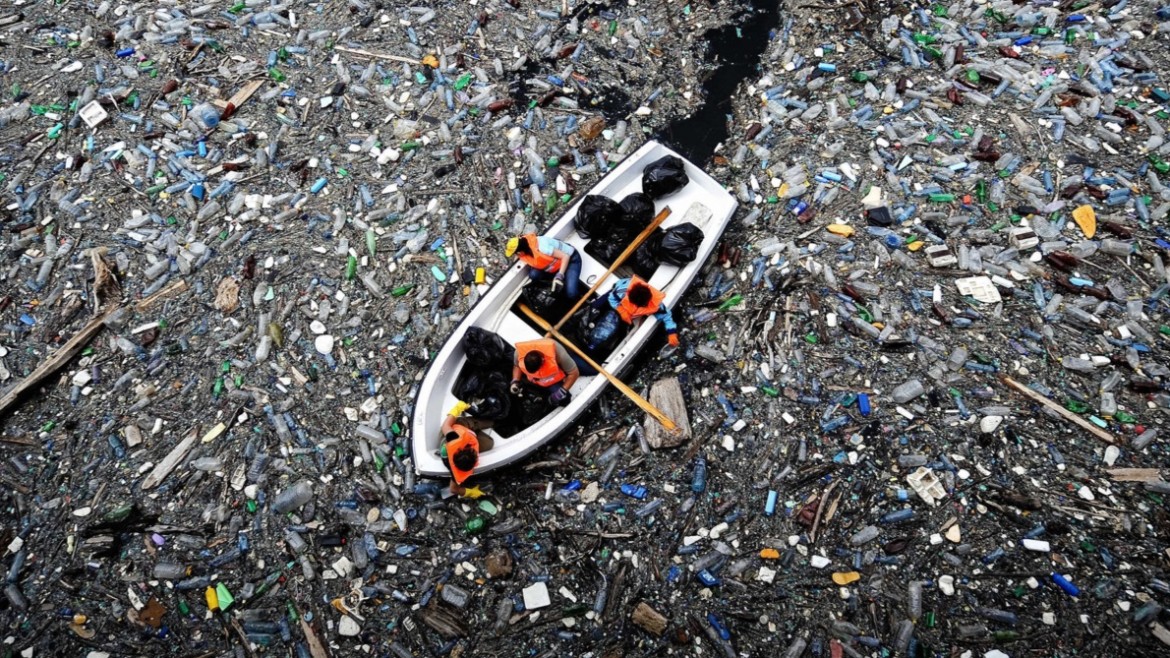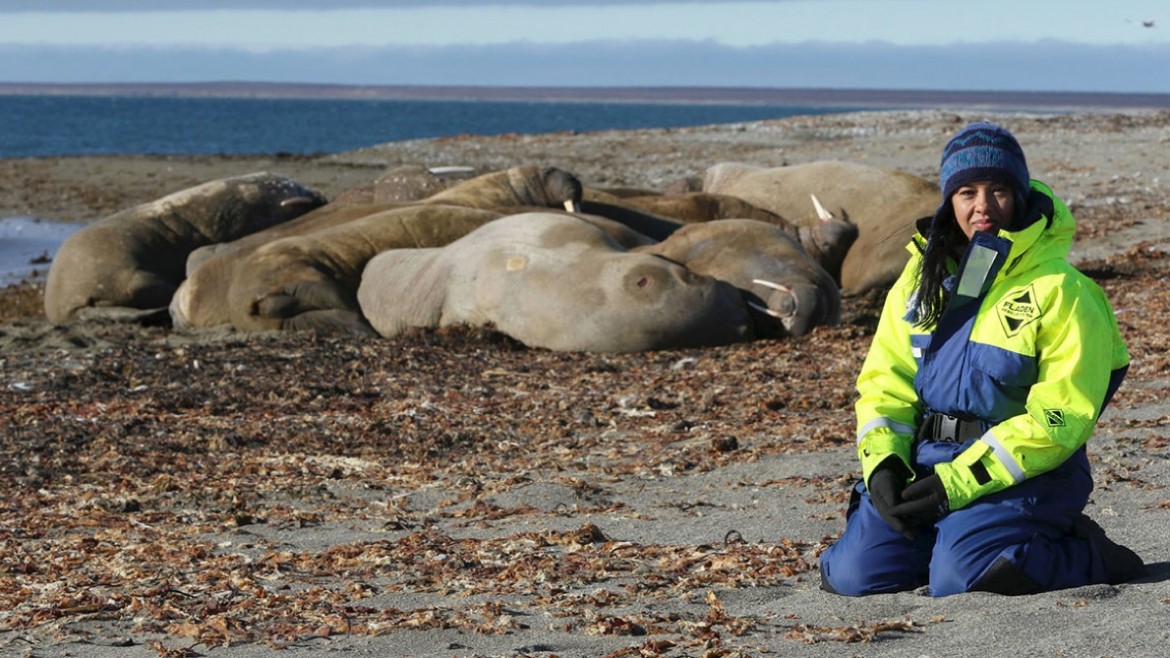Colourist: Paul Koren
Shot across the world, Drowning in Plastic, was an interesting and ambitious documentary to grade. Captured on A7S cameras, each of the four major locations each had to have a unique feel but sit consistently within the rest of the show and its tone. Extra time was spent on the underwater and archive footage to extract the most out of the material and help blend in with the programme. Care was also given to not make the segments of Indonesia and the rivers of plastic too depressing, or too colourful, as to not single out the area as a main offender of the plastics epidemic.
Dubbing Mixer: Sam Castleton
As soon as we saw a rough cut of Drowning in Plastic we realised how important the sound was going to be and how the sound could push the film.
The natural history shots jumped out immediately, especially when the film addresses seabirds and Flesh-Footed Shearwaters in particular. Fortunately, I have a done many natural history documentaries and have a keen interest in wildlife, so I was able to identify things like the Sperm Whale, Humpback Whale, Masked Boobys and Gannets pretty easily. We have a vast sound library and often store field recordings from pervious projects, so we can source most animals calls without trouble. However, Drowning In Plastic visits very remote locations and features many threatened/rare animals. The BBC team had bird and mammal experts on hand to assist with identification, from there we used external resources to find the rare animal recordings. As well as the featured animals, we widened the net to include other birds from the remote locations, this helps to give the scenes a different sound signature (and I’m sure will please bird enthusiasts).
The other aspect of the film was the prominence of plastic. Most of the shots of plastics were mute, but empty bottles, cartons, buckets, disposable cups and sachets all make a very specific sound. Especially when all bundled together, moving in a river or hitting a wooden boat, it was obvious the foley would have to cover these shots. We used Universal Sound who did a tremendous job. The result is that the plastic really pops out of the picture, the sound draws your attention and helps drive the narrative (the theme of plastic). As a whole across the film, the plastics are now lifted to the status of an ominous character. This is a fantastic example of how sound can really help the story telling of a film and the message it is trying to convey.
Online Editor: Andy Penfold
Post Producer: Louisa Sutherland-Smith




